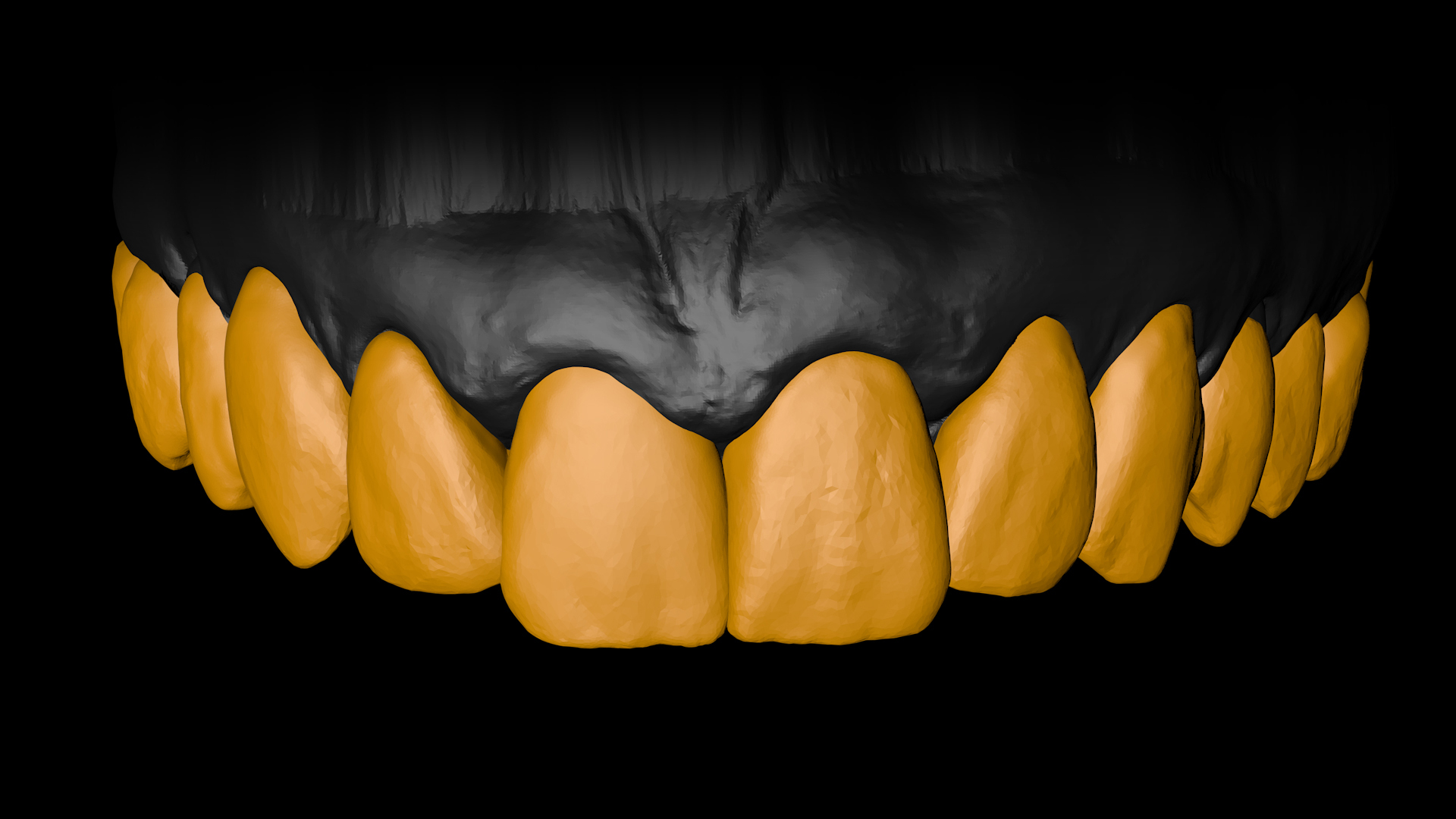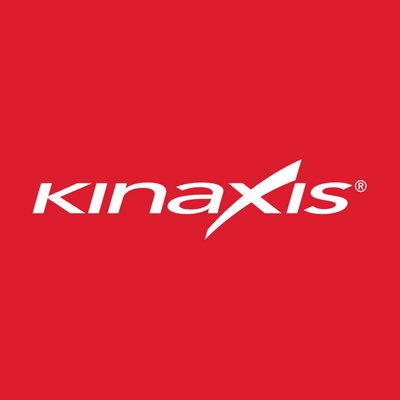Description
Introduction
This course provides dental professionals with a comprehensive introduction to Exocad, a powerful and versatile CAD software for designing dental restorations, implants, and prosthetics. Exocad simplifies the dental design process, allowing for greater precision and efficiency in the creation of dental models. Participants will gain a solid foundation in using Exocad, from understanding its interface to designing basic restorations and integrating digital workflows into everyday dental practice.
Prerequisites of Exocad Dental Design
Before starting this course, participants should have:
- Basic understanding of dental terminology and procedures.
- Familiarity with CAD/CAM technology in dentistry (though not required, it is helpful).
- Access to a computer with Exocad installed (for hands-on practice).
- No prior experience with Exocad is necessary; however, familiarity with other CAD software will be beneficial.
Table of Contents
- Introduction to Exocad
1.1 Overview of Exocad and Its Role in Digital Dentistry
1.2 Key Features and Benefits of Exocad
1.3 Understanding Digital Workflows in Dentistry
1.4 Exocad Applications in Clinical and Laboratory Settings - Getting Started with the Exocad Interface
2.1 Navigating the Exocad User Interface
2.2 Configuring Settings and Preferences
2.3 Exploring the Workspaces and Toolbars
2.4 Understanding the Software’s Architecture and Functions - Designing Basic Dental Restorations
3.1 Designing Single Tooth Restorations (Crowns, Bridges)
3.2 Tooth Preparation: Best Practices for Accurate Margin Design
3.3 Working with Inlays, Onlays, and Veneers(Ref: Smile Design and Aesthetic Planning in Exocad)
3.4 Managing Pre-Operative and Post-Operative Restorations - Working with Digital Impressions and Scans
4.1 Importing and Processing 3D Scans in Exocad
4.2 Using Scan Data for Accurate Restoration Design
4.3 Techniques for Optimizing Scan Data Quality
4.4 Working with STL Files and Other Supported Formats - Advanced Restoration Design Techniques
5.1 Implant Design and Restoration Workflow
5.2 Designing Full-Arch Prosthetics
5.3 Custom Abutments and Other Advanced Designs
5.4 Ensuring Proper Fit and Aesthetics in Restorations - Integration with CAD/CAM Systems
6.1 Connecting Exocad with Dental Scanners and Milling Machines
6.2 Best Practices for Exporting Files (STL, PLY) for Production
6.3 Managing the Integration with 3D Printers and Milling Systems
6.4 Troubleshooting Common Issues in File Export - Editing and Refining Designs
7.1 Modifying Existing Designs for Better Fit and Function
7.2 Refining Margins, Contacts, and Occlusion
7.3 Adjusting Restorations Based on Clinical Considerations
7.4 Finalizing and Exporting Designs for Production - Review and Summary of Exocad Dental Design
8.1 Key Takeaways from the Course
8.2 Real-World Applications of Exocad in Dental Practices
8.3 Next Steps for Advancing Your Exocad Skills
Conclusion
By the end of this course, participants will have a strong understanding of the fundamentals of Exocad and will be able to design basic dental restorations, including crowns, bridges, and implants. They will have gained hands-on experience with Exocad’s interface, tools, and workflows, enabling them to implement digital dentistry solutions effectively in their practices. This foundational knowledge will prepare them for more advanced Exocad techniques and improve the quality and efficiency of their dental restorations.







Reviews
There are no reviews yet.